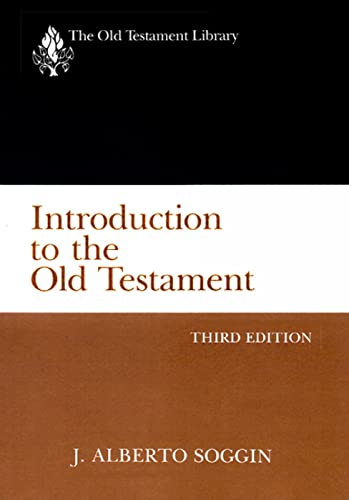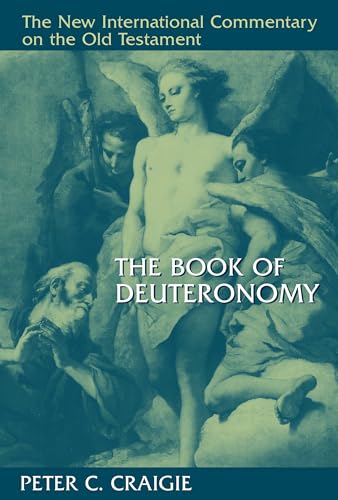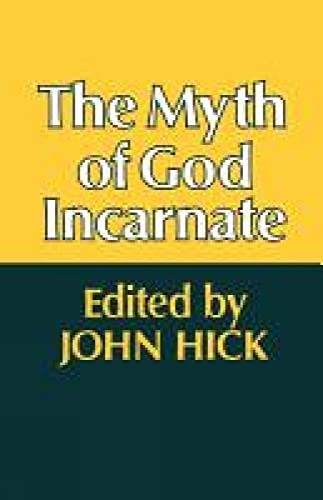Introduction to the Old Testament from its origins to the closing of the Alexandrian canon
Written by J. A. Soggin Reviewed By H.G.M. WilliamsonThe appearance of yet another Introduction to the Old Testament will prompt in most readers’ minds the question: ‘What virtues does this one have over its fellows to justify its publication?’ In reply, it must be said first that Soggin’s Introduction is eminently readable, a tribute alike to both author and translator (J. Bowden, from the revised Italian edition). It can thus be used at an early stage in approach to critical study of the Old Testament in a way that is not possible with the more detailed and technical volumes of Eissfeldt and Fohrer. Secondly, Soggin usually represents the mainstream of modern critical scholarship, making this book more reliable as a textbook than the highly personal approach of Kaiser’s recent Introduction. For these two reasons alone, it is understandable that the SCM Press should have chosen to include this as the volume on Introduction in their well-known Old Testament Library series. Thirdly, a most welcome new departure for the genre comes in two appendixes on inscriptions and papyri of the first millennium bc. Though brief, these sections are of importance as indicating a recognition that the Old Testament cannot be studied in isolation from the historical and literary context in which it developed.
Naturally, no-one can read a volume covering not only the whole of the Protestant Old Testament but the ‘deutero-canonical’ books of the Apocrypha as well, together with introductory sections on canon, biblical criticism, historiography, etc., and not find points of disagreement. To list even some of these would serve little purpose, for it would probably reveal more of the reviewer’s thought than that of the book itself. Readers of this journal, however, will probably wish to note a few points of more general criticism.
First, Soggin’s own interest in the Pentateuch and historical books is reflected. While we have already noted that the book benefits by not being overloaded with detail, the chapters on the prophets and writings are sometimes so brief as to be of really very little value. With space presumably at a premium, the attention given to summarizing the individual books could perhaps have been sacrificed in the interests of more discussion of the problems of analysis, setting and thought. Second, whereas Soggin usually argues for his position from the texts themselves, this is not the case with the documentary hypothesis concerning the development of the Pentateuch, a hypothesis which he adopts after a historical survey of its origins and development alone. This is unsatisfactory in a work of introduction; in fact, it is a long time since such a work really attempted to set the evidence out in a way that might satisfy the modern mind by taking more recent discussion this criticism into account. The third point is related to and, for one can only regret the almost total lack of attention to the conservative position (Jewish, Catholic or evangelical) in the Pentateuch and elsewhere. Since the documentary hypothesis is assumed, it is true that discussion of it could not readily have been fitted in, but to take just one example from elsewhere, it was surprising to find (pp. 166f.) that the account of a unified conquest of Palestine under Joshua in Joshua 1–12 was dismissed without even a reference to the opinion of a great many who find that archaeological evidence points in a contrary direction. In this particular instance, the bibliography (specially revised for the English edition by R. J. Coggins) does slightly redress the balance, but this is in fact exceptional.
Thus, whereas this Introduction has a number of features that are to be welcomed, it should nevertheless be used with caution, and be supplemented with sympathetic accounts of viewpoints that differ from those of the author.
H.G.M. Williamson
Christ Church, Oxford






